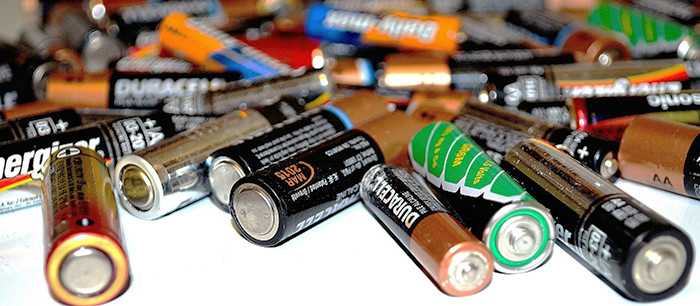False alarms – also known as a false dispatch – are seen by some as an irritating but unavoidable side effect of having a home security system installed. But false alarms are not inevitable, and false dispatches cost alarm monitoring companies and law enforcement officials time and resources they could better spend on responding to actual emergencies. They sometimes even result in false alarm fees for homeowners who didn’t realize they were responsible for the false alarm!
So how can you prevent false alarms without disabling your security system entirely? The good news is that it’s actually not that difficult to avoid tripping your alarm system unintentionally. The following tips will give you the knowledge you need to make sure that when your alarm goes off, you’ll know there’s a good reason.
- Understand how your alarm system works. While incorrect keypad entries are the cause of a lot of false alarms, knowing your system is about more than just memorizing your codes. Make sure you have a thorough understanding of where and how your system functions, and if you ever have questions about a specific element of your system, ask your monitoring company or reach out to the company that installed the system.

- Know what you need to do to maintain your alarm system and commit to doing it. For instance, power outages can cause false alarms if the battery backup fails so it’s important to make sure the backup batteries are charged. Test your system on schedule (make sure you alert your monitoring company first), clean cameras, and make sure your monitoring company has your most up to date information on file. Contact your provider immediately if you suspect any of your security equipment is malfunctioning.

- Memorize the location of motion detection sensors. When you know where sensors are, you can avoid tripping them accidentally. The most common triggers are curtains, wires, hanging plants, helium balloons, and pets. If you have pets, use pet friendly or pet immune motion sensors that can sense the presence of a large moving object like a person but will ignore pets up to a certain weight.
- Place motion sensors strategically. Trying to maximize the coverage areas of motion detectors can lead some people to place them where false alarms are more likely to be triggered. The corner is one of the most effective spots for full coverage, provided that’s not right across from a window, door, or heat source. Placing motion sensors on the ceiling can be extra effective because intruders who want to disable sensors will likely be scanning walls.

- Add cameras to your home security system setup. Making sure that doors and windows are secure isn’t a 100% foolproof way to foil thieves and cameras pick up where physical barriers to entry leave off. With cameras you can view your home’s exterior and interior remotely (or from anywhere in the house) and, in the event that an alarm is triggered, you can determine immediately whether there is an actual emergency.
Clearly, false alarms are avoidable and it doesn’t take a lot of time or effort to ensure that when help is on the way, it’s actually needed.



